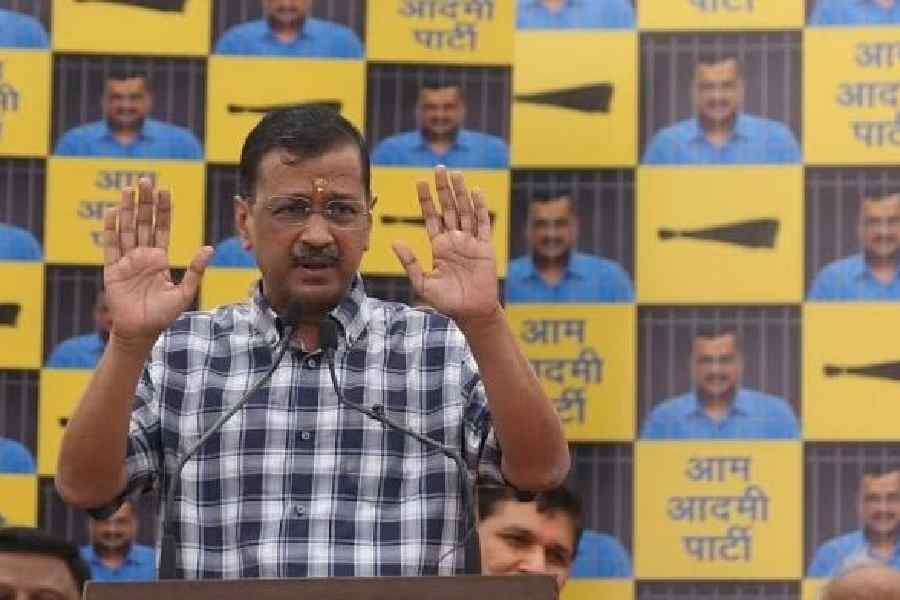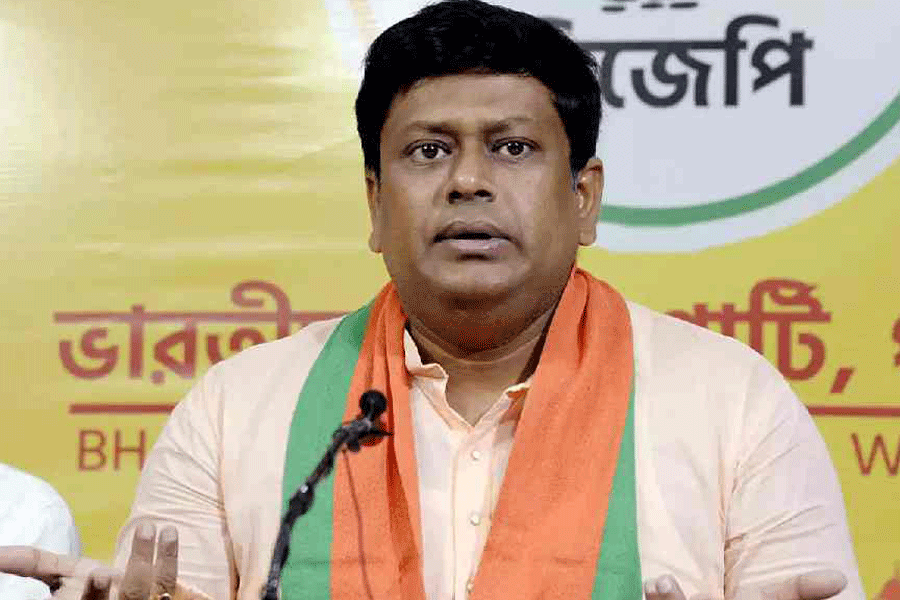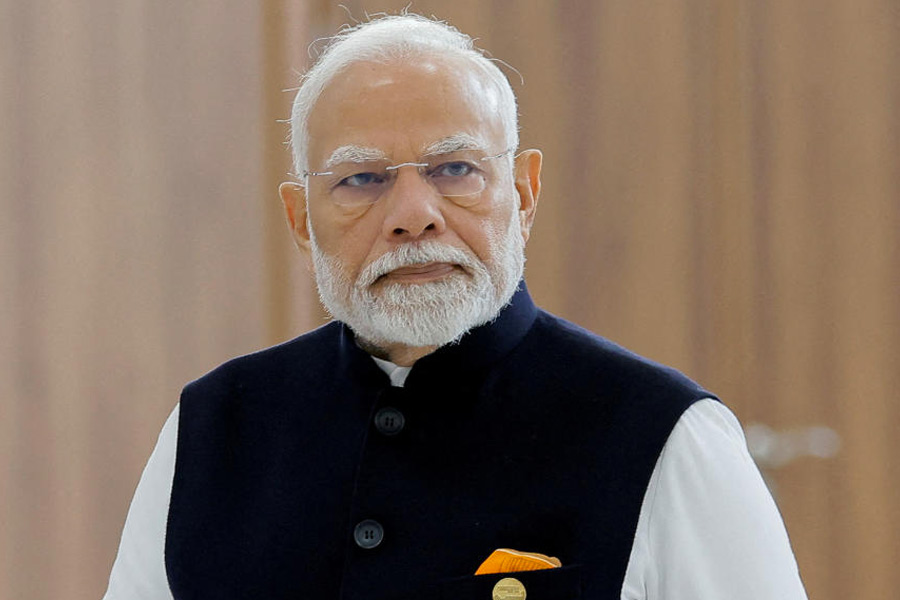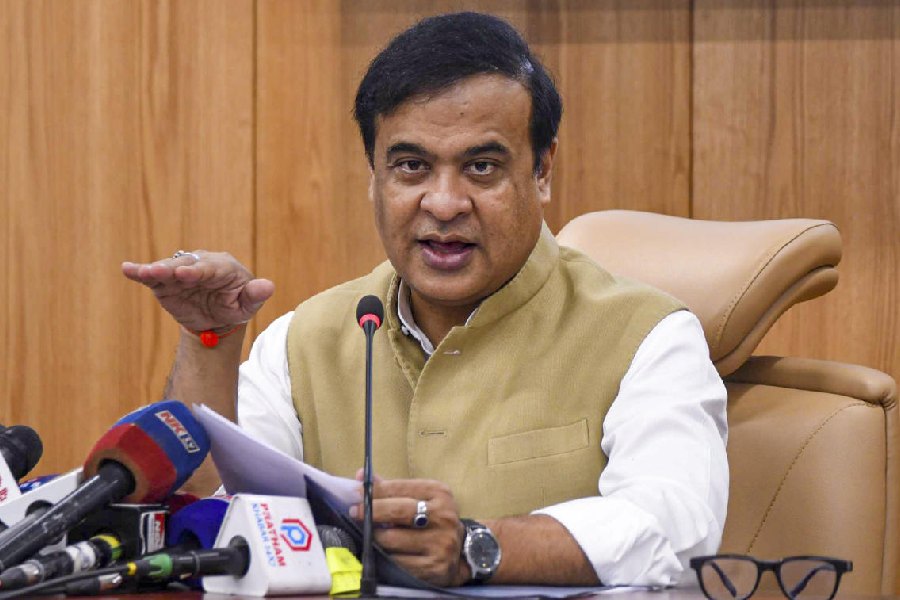The blue shirt with horizontal stripes that Kejriwal wore on Sunday at his first speech at the party office is one of the very few shirts he seems own. He used to fill the shirt well once, but months of prison have widened the gap between his now rather frail frame and the unassuming shirt reminiscent of the ’80s style.
There were other scenes that stuck. Old comrades Manish Sisodia and Sanjay Singh waited outside the prison drenched in persistent rains that for the party symbolised the rather cathartic culmination of six months of Kafkaesque court battles. The whole judicial process sometimes felt like a whack-a-mole game. It drew eloquent lines between those who cynically parroted the dogma of process in the face of questionable prosecuting intent - and those who took a glorious stand for what was fair, while paying due respect to the process.
Even seen from the most cynical political eye, it was a game where no party to the play truly won.
ED and CBI were openly lambasted by judges after judges in terms which if it were any harsher it would be unconstitutional. The credibility damage to these agencies from the entire episode is immense, and probably will take a long time to recover, even if put on the mend.
People of Delhi suffered, as their mandate was steadily salami-sliced – and Delhi’s statehood undone bit by bit - by a series of new laws, passing more and more power to the LG, constraining policies, programmes and schemes. It was difficult to believe that an entire generation of leaders in the same BJP actually fought for decades to get Delhi due respect in the form of a proper statehood.
The damage to AAP came in the form of its inability to give their best to the Delhi general elections and Haryana Assembly elections. The damage towards Delhi Assembly elections is yet to be tested, as Kejriwal takes the bull by its horn, seeking a mandate on his ‘Imaan’ and not just ‘kaam’. Seen from his eye, the blemish sprung on him can only be washed away by a resounding mandate by the people of Delhi.
INDIA alliance relentlessly hammered the government for caging democracy with Arvind Kejriwal as the focal point. It helped mobilise the fears and unite the alliance. The matter became pivotal to the Opposition narrative around dictatorship that cost the BJP in the form of a shocking performance in the Lok Sabha elections nationally (even though it caused limited damage to NDA in Delhi elections itself). So, the true beneficiary of this ill-conceived plan happened to be Congress itself.
Hence, the key question that now arises: What is Delhi thinking really? There are the common people who have benefitted from the changes in government schools, healthcare facilities, the free electricity and water, the free bus rides for women, etc. These can add up to a saving of three to five thousand rupees a month for a family. For a family with a monthly income of less than fifty thousand rupees, the value-add is tangible. With governments after governments having ignored their basic necessities, it would be difficult for a BJP or Congress to win the trust of this segment.
But the dynamics that play out among middle income segments and above are another story. It’s a well understood phenomenon among middle classes the world over that they are more conscious of their “identity” than their less affluent compatriots – an area that is defined by the adversarial themes of caste and religion today. RSS has always had an extraordinary grassroots influence in the city, especially among the traditional traders and businessmen. It’s also important to understand that Delhi is a city of migrants. So, in certain ways, it is the microcosm of the country itself, when it comes to diverse political influences and perspectives. Also 60% of Delhi’s population are from non-reserved castes, which makes it quite unique among Indian states, and hence all kinds of caste dynamics filter in from the larger hinterlands.
Also, the issues that matter for the middle class are very different. A lot of their experience of governance is as perceived rather than actualised. This is how the “sheeshmahal” viral clip continues to be quoted, not realising the irony that the money was spent on refurbishing what is a government bungalow (and a massive one at that), rather than someone’s private house. Some have issues with Kejriwal’s muffler, some do not like him because he doesn’t tuck-in his shirt, some would rather have an extra sophisticated polite intellectual than a passionately ferocious fighter as if the game can be raised by any other means than by fighting against the entrenched interests.
There are people who would rather support venal rapacious kleptocrats than a man who they expected to be perfect, but found him to be only human – even if he were a highly-educated one with a matchless record of sacrifice, integrity and effectiveness.
Despite complex political machinations, it’s a miracle by the standards of Indian polity – full of leaders like Jeetan Ram Manjhi and Champai Soren – that Aam Aadmi Party has held together. In fact, by all signs the bonds between its leaders have only got stronger by the last two years’ experiences. It makes one wonder what is the glue that holds the party together year after year, in good times or bad. Clearly this is more than the selfish transactional give and take that political parties are known for. There is a larger moral fabric, a legitimacy forged in the fire of struggle and service, that runs through much of the party. An idealism much tempered by the pragmatism that bringing it to reality at scale requires, yet without an iota of doubt among the key leaders in their mutual intent, integrity, capability and efforts.
This is how what seems like Kejriwal’s dictatorial approach from the outside, is rarely experienced as such within the party, especially among a leadership and cadre that shares Kejriwal’s preference not just for executional efficiency and excellence, but is also aligned with his navigational compass for what’s good for the country and its people. AAP seems to be a non-cadre party with a cadre mindset.
As the first post-caste, post-religion (and a lot of post-nonsense) party, Aam Aadmi Party is a creature of India’s future. It has sought to move Indian politics from the top-down, hands-off, theoretically correct zone to bottoms-up, hands-on, grassroots effectiveness zone. It has sought to invest with a vengeance in market-making by raising the purchasing power of the common people, instead of enriching the top and hoping the tiny nothings will trickle down. He has sought to support MSMEs, so that they can continue to generate more jobs for the vast number of unemployed youths in the country. It has taken on the single largest challenge that stands between India’s present and the future – quality education and quality healthcare – without which per capita productivity is certainly set to plateau – in turn slowing the GDP and median household income growth dramatically. And all this amidst a general consensus that government schools are beyond salvage – forgetting that bulk of India’s future generation studies there. It has tried to create the best possible fund-raising model within the ridiculous hypocrisy of Indian electoral financing paradigm. It has created a class of one in terms of probity and personal integrity of key leaders and low system leakage. Its ranks are full of modern, middle-class, highly-educated people, who can be great role models for the society.
AAP is now a national party. Whether it can rule the nation someday is too early to tell. However, despite its flaws and freckles as a merely twelve-year old party, there is little doubt that it offers a promising template of India’s future. AAP was a middle-class dream. It still should be. It once captivated the imagination of the intelligentsia by its immaculate conception - it still raises the bar several notches on almost every criterion despite being ravaged by the realities of politics, governance and scalability. And new sacrifices continue to be made – fearless and stubborn - by Kejriwal and his ilk to hone and scale this new kind of politics. To dismiss this fact, would be to close the windows on the next India.
Prashant Kumar, the author of “Made in Future” (Penguin, 2022), is a commentator on brand, culture and society. Opinions expressed in this article are his own.










